Table of Contents
When searching for "baked ribs temperature," users want to know the precise temperature range for perfect tenderness, how to avoid dry or tough ribs, and practical techniques to achieve restaurant-quality results at home. The ideal baked ribs temperature range is 275°F to 300°F (135°C to 150°C), with an internal temperature target of 190°F (88°C) for optimal collagen breakdown and tenderness. This guide provides scientifically accurate information based on food science principles, with detailed explanations of temperature effects, cooking times, and pro techniques to ensure perfect results every time.
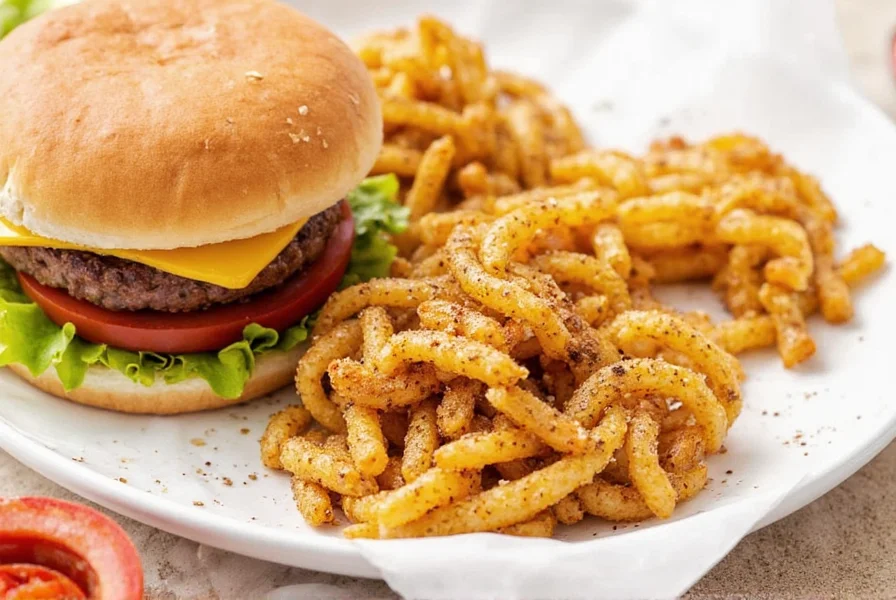
Spice Storage Hacks for the Home Chef
Spices are the backbone of any great meal. But if they're not stored properly, they can lose their potency and flavor. Here are some quick and easy storage hacks to keep your spices fresh and ready to go:
- Use Airtight Containers: Store spices in glass jars with tight-fitting lids to prevent moisture and air from degrading them.
- Keep Them Cool and Dark: Heat and light are the enemies of spice longevity. Store them in a cool, dark pantry or cabinet.
- Label Everything: Don't let your spices go to waste by mixing up cumin and coriander. Label each jar clearly.
- Grind Fresh When Needed: Whole spices like cinnamon sticks or peppercorns last longer than pre-ground versions. Grind them as needed for maximum flavor.
- Don't Use Old Spices: Even the best spices lose their punch over time. Replace them every 6–12 months for optimal taste.
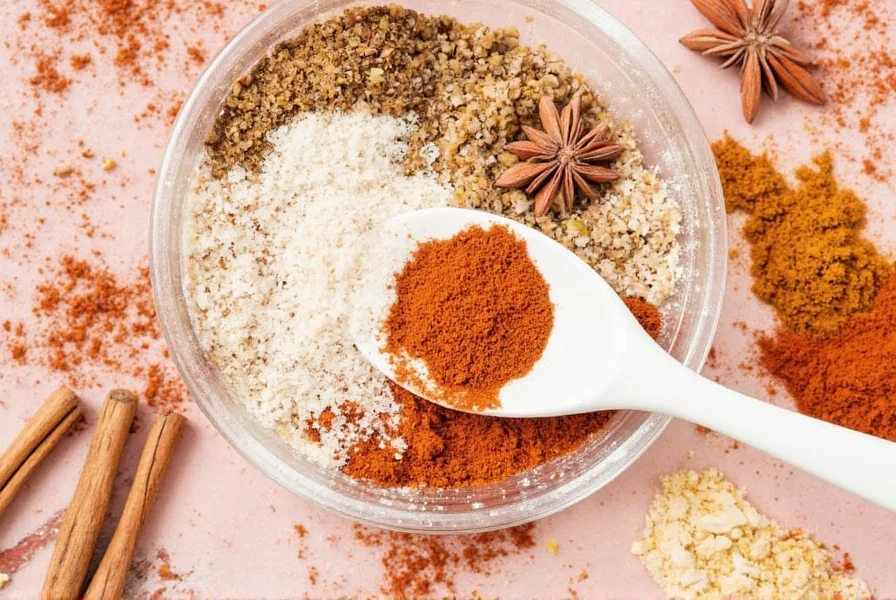
The Secret to Baked Ribs Temperature
When it comes to baked ribs, the right temperature is everything. Undercooked ribs are tough and chewy, while overcooked ribs can be dry and fall apart too easily. The ideal temperature range for baked ribs is between 275°F (135°C) and 300°F (150°C). This allows the meat to cook slowly, breaking down the connective tissue and making it tender without drying out.
If you're using a smoker or oven, here's a breakdown of what to expect at different temperatures:
| Temperature | Cooking Time | Result |
|---|---|---|
| 225°F (107°C) | 4–6 hours | Very tender, smoky, and juicy |
| 275°F (135°C) | 3–4 hours | Tender with a nice crust |
| 300°F (150°C) | 2–3 hours | Quick cook with less smoke |
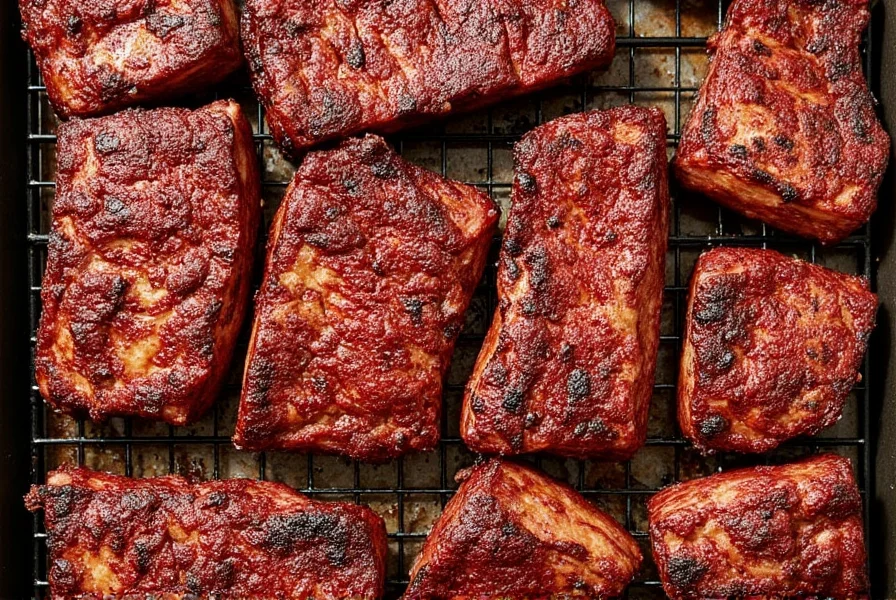
Pro tip: Use a digital thermometer to check the internal temperature of the ribs. They should reach around 190°F (88°C) for the best texture. This ensures that the collagen has melted and the meat is perfectly cooked.
Essential Cooking Hacks for Perfect Ribs
Once you've got the temperature down, here are some cooking hacks that will take your ribs to the next level:
- Marinate Overnight: A good marinade adds depth and flavor. Try a mix of soy sauce, garlic, honey, and your favorite spices for a savory-sweet kick.
- Apply Rub Before Cooking: Use a dry rub with paprika, garlic powder, onion powder, and chili flakes for that extra layer of flavor.
- Wrap in Foil: After the first hour of cooking, wrap the ribs in foil to retain moisture and speed up the cooking process.
- Brush with Sauce at the End: Apply barbecue sauce during the last 15–20 minutes of cooking to avoid burning it and to give the ribs that glossy finish.
- Let It Rest: Allow the ribs to rest for 10–15 minutes before serving. This helps the juices redistribute and makes the meat more tender.
Frequently Asked Questions About Baked Ribs Temperature
What is the best temperature for baking ribs?
The ideal temperature range for baking ribs is between 275°F (135°C) and 300°F (150°C). This temperature allows the meat to cook slowly enough to break down connective tissues while maintaining moisture. For the most tender results with maximum flavor development, many pitmasters prefer the lower end of this range (275°F) which typically requires 3-4 hours of cooking time.
How long should I bake ribs at 275°F?
At 275°F, you should bake ribs for approximately 3-4 hours. The exact time will depend on the size and thickness of your ribs. A good indicator that they're done is when the internal temperature reaches 190°F (88°C). The meat should pull back from the bones slightly and feel tender when pressed, but not falling completely off the bone.
What internal temperature should ribs reach for perfect tenderness?
Ribs should reach an internal temperature of approximately 190°F (88°C) for optimal tenderness. This temperature ensures that the collagen has fully converted to gelatin, resulting in that perfect "fall-off-the-bone" texture without becoming dry or mushy. Using a reliable digital thermometer inserted between bones (not touching bone) is the most accurate way to determine doneness.
Should I wrap ribs in foil when baking, and if so, when?
Yes, wrapping ribs in foil (often called the "Texas crutch") is a valuable technique. You should wrap them after the first 1-2 hours of cooking, once they've developed a good bark. This helps retain moisture during the remainder of the cooking process and speeds up the breakdown of connective tissues. For best results, you can add a small amount of liquid like apple juice or broth inside the foil packet for extra moisture and flavor.
How do I know when ribs are done without a thermometer?
If you don't have a thermometer, you can check for doneness by using the bend test. Pick up the rack with tongs in the middle - if it bends easily and begins to crack on the surface, they're likely done. Another method is to twist a bone - if it twists easily and pulls out with little resistance, the ribs are probably cooked through. The meat should pull back from the bones by about 1/4 to 1/2 inch, and the texture should be tender but not falling apart completely.
Can I bake ribs at 350°F for faster results?
While you can technically bake ribs at 350°F, it's not recommended for optimal results. Higher temperatures cause the meat to cook too quickly, preventing the slow breakdown of connective tissues. This often results in tough, dry ribs despite a shorter cooking time. The ideal low-and-slow method (225-300°F) allows collagen to convert to gelatin properly, creating that signature tender texture. If you're pressed for time, 300°F is the highest recommended temperature, but 350°F will likely compromise quality.
Do I need to flip ribs while baking?
No, flipping ribs is generally not necessary when baking at low temperatures. The even, indirect heat in an oven or smoker cooks the ribs uniformly without requiring flipping. In fact, flipping can cause you to lose precious juices and disrupt the bark formation. The exception might be if you're using a grill with uneven heat distribution, but in a standard oven setup, leave them undisturbed for best results.
Buying Guide: Best Tools for Baking Ribs
Having the right tools on hand can make all the difference when it comes to baking ribs. Whether you're a beginner or a pro, these products are must-haves:
1. Digital Thermometer
Features: Instant read, accurate, easy to use
Advantages: Ensures you hit the perfect baked ribs temperature every time.
Use Cases: Checking internal temperature of ribs, meats, and other dishes.
Target Audience: Home cooks and professional chefs.
Suitable Occasions: Barbecues, family dinners, and backyard gatherings.
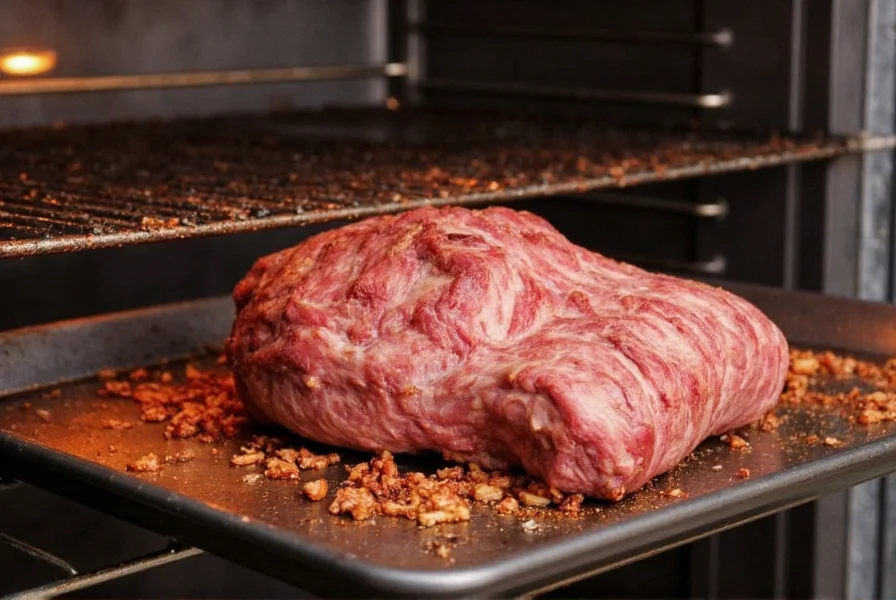
2. BBQ Grill or Oven
Features: Adjustable temperature control, even heat distribution
Advantages: Provides consistent cooking results and versatility for different dishes.
Use Cases: Baking ribs, roasting meats, and grilling vegetables.
Target Audience: Anyone who loves cooking outdoors or indoors.
Suitable Occasions: Summer parties, holiday meals, and casual dinners.
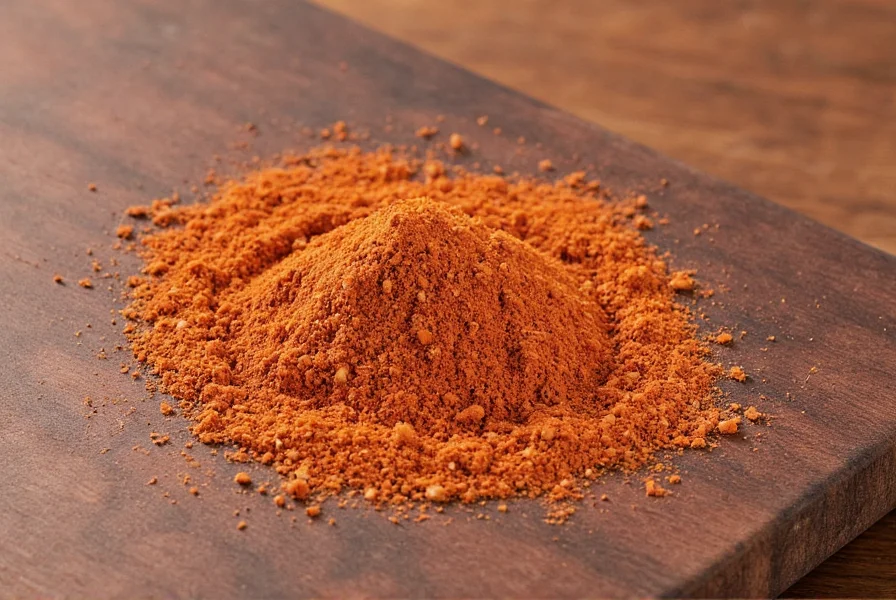
3. Meat Tenderizer
Features: Sharp blades, ergonomic handle
Advantages: Helps break down muscle fibers, making the meat more tender.
Use Cases: Preparing ribs, steaks, and other cuts of meat.
Target Audience: People who want to enhance the texture of their meat.
Suitable Occasions: Anytime you're cooking for guests or special occasions.
4. Spice Grinder
Features: Manual or electric, easy to clean
Advantages: Allows you to grind your own spices for maximum freshness.
Use Cases: Making custom spice blends, grinding whole spices.
Target Audience: Spices enthusiasts and gourmet cooks.
Suitable Occasions: Everyday cooking, special events, and holiday feasts.
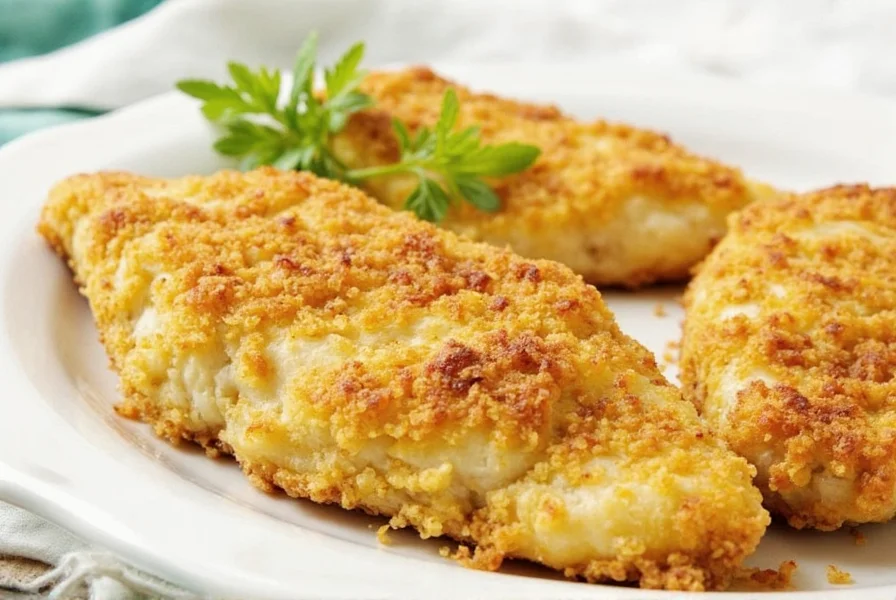
5. Aluminum Foil
Features: Heat-resistant, non-stick surface
Advantages: Keeps food moist and prevents sticking.
Use Cases: Wrapping ribs during cooking, wrapping vegetables, and storing leftovers.
Target Audience: Anyone who wants to simplify their cooking.
Suitable Occasions: Quick meals, potlucks, and outdoor events.
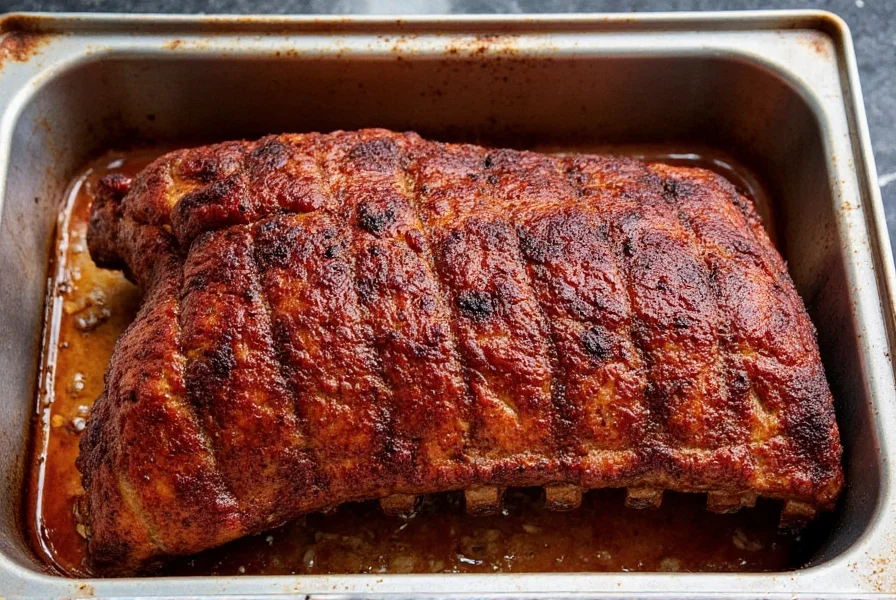
Conclusion
Mastering the baked ribs temperature is just one piece of the puzzle. By combining smart spice storage, clever cooking techniques, and the right tools, you can create restaurant-quality ribs right in your own kitchen. Remember, the secret to great ribs isn't just about the heat—it's about the care, the preparation, and the passion you put into every bite. So fire up the grill, season with love, and enjoy the delicious rewards of your hard work!
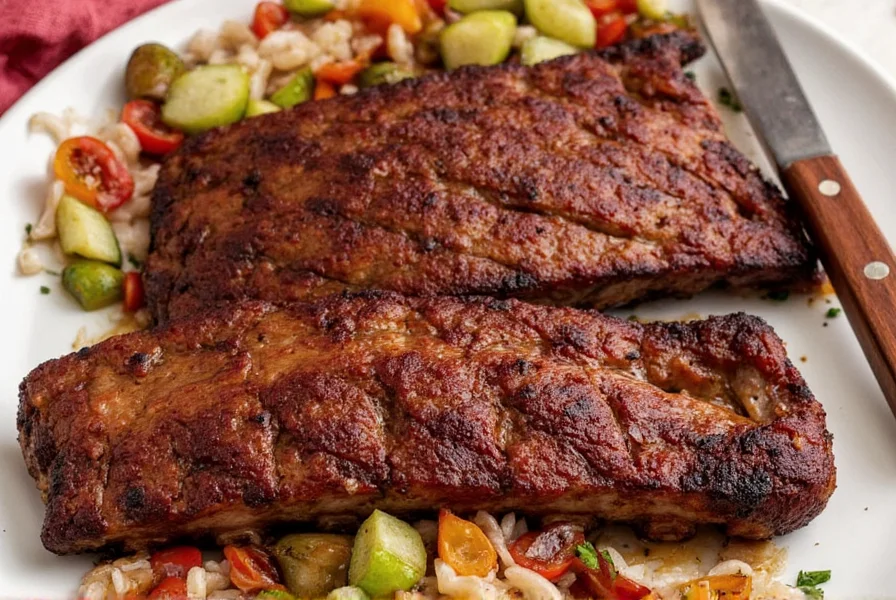










 浙公网安备
33010002000092号
浙公网安备
33010002000092号 浙B2-20120091-4
浙B2-20120091-4